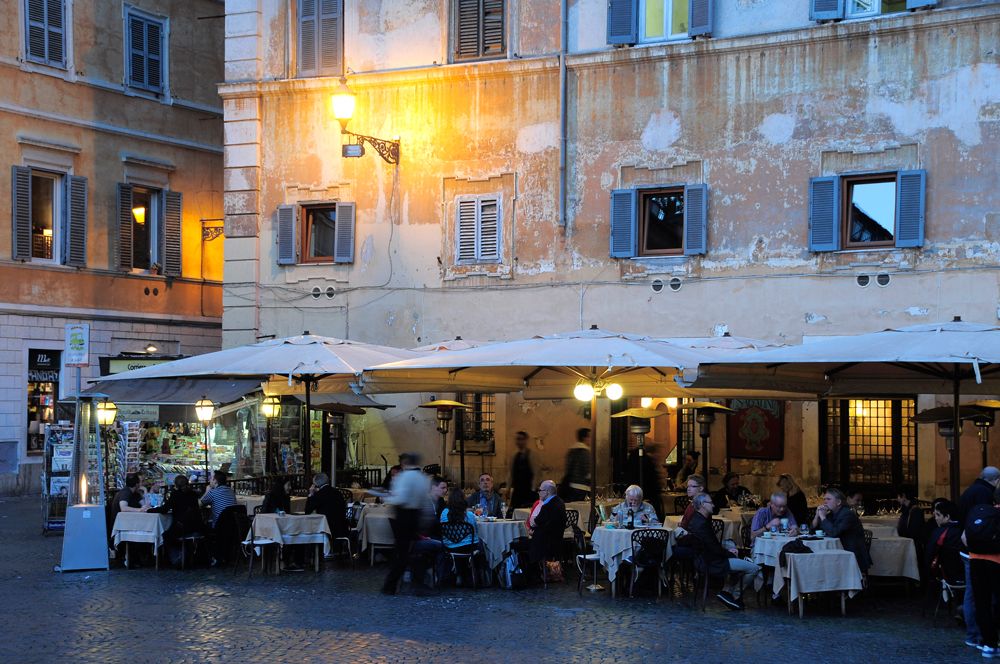- Authentic Experiences
- City Break
- Europe
- Rome
- Inspiration
- See & Do
- Italy
Planning your own trip? Prepare for your trip
Use Rough Guides' trusted partners for great rates
Travel advice for Italy
From travel safety to visa requirements, discover the best tips for visiting Italy
- How to plan a trip to Italy on your own
- Getting around Italy: Transportation Tips
- Shopping tips for Italy
- Italy travel tips for first-timers: what to know
- Best time to visit Italy
- 7 days in Italy itinerary
- The best 10-day Italy itinerary
- 14 days (two weeks) in Italy itinerary
- How to get from Rome to Florence
- How to travel to Italy on a budget
- A guide to Cinque Terre, Italy
- How to get around Venice
- When's The Best Time To Visit Venice
- How to navigate Rome like a pro
- How to get to Italy
- Italy travel health tips
- History of Italy























